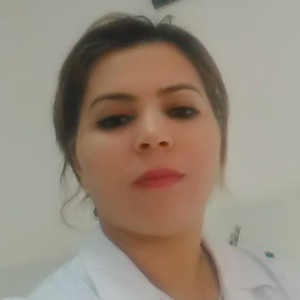Title : Analysis of phosphoric ore bacterial and eucaryal microbial diversity by molecular tools and small-subunit (SSU) sequencing
Abstract:
Pollution of water and soils with heavy metals is becoming one of the most severe environmental and human health hazards. Therefore, the application of heavy metal-solubilizing microorganisms is a promising approach for increasing heavy metal bioavailability in heavy metal amended soils. The living communities that exist in extreme conditions have always attracted much interest from taxonomists, microbiologists, and ecologists alike. Little data was found about the microbial structure of mining residue from phosphoric ore processing and the level of cultivable microorganisms reported on these habitats is extremely low. In order to better understand the functions of the microbial community, a full description of the microbial ecosystem previously unknown is required. Recent progress in the Molecular biological tools of microorganisms for industrial purposes promises to revitalize not only the bacterial leaching of metal-bearing ores but also the microbiological treatment of metal-contaminated waste water. The aim of this study was to investigate the phosphoric ore bacterial and eucaryal microbial diversity by by using culture-dependent molecular approaches.According to the highly bacterial variable V3 region of 16S rRNA sequences, bacterial species were identified as : Stenotrophomonas maltophilia , Stenotrophomonas sp and Halomicronema hongdechloris as a predominant bacteria in the miming residue. The phylogenetic analysis revealed Aphanomyces astaci Neurospora crassa Phytophthora sojae as the most common eucaryal taxa for the different sites of interest. These findings provide new opportunities into phosphoric ore microbiology that could be useful in for the bioremediation of heavy metal contaminated sewage and waste water.
Audience Takeaway Notes:
- The use of these bacteria and eucaryal species for the removal of metal cations can also be an interesting alternative.
- The application of heavy metal-solubilizing microorganisms is a promising approach for increasing heavy metal bioavailability in heavy metal amended soils.
- Better understand the functions of the microbial community in mining environment.
- A full description of the microbial ecosystem previously unknown is available.



